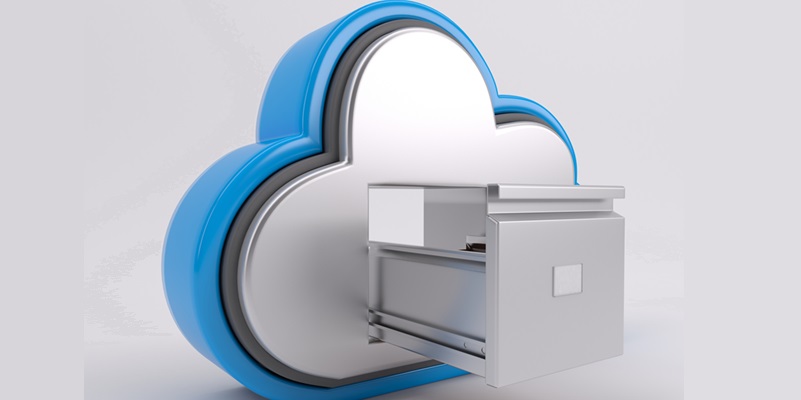In today’s digital landscape, cloud computing has become an essential component for businesses seeking scalability, flexibility, and efficiency. However, the reliability of cloud services cannot be taken for granted. Cloud outages can disrupt operations, negatively impacting productivity, revenue, and customer satisfaction. This article explores the concept of cloud resilience, delving into the causes of outages and providing key principles and strategies for improving the resilience of cloud infrastructure.
The Nature of Cloud Outages
Cloud outages are not typically total failures that bring down an entire cloud provider. Instead, they often involve partial failures, service degradations, or localized problems. Understanding the specific issues affecting individual services is vital for efficient resolution and preventing widespread disruptions.
Defining Resilience in the Cloud
Resilience refers to a system’s ability to adapt and recover from failures, ensuring uninterrupted service delivery. It is crucial to recognize that the cloud should be at least as resilient as on-premises infrastructure but can provide even greater resiliency when managed effectively.
Key Principles for Improving Cloud Resilience
I&O leaders must focus on implementing specific principles to enhance cloud resilience, ensuring maximum uptime and business continuity. These principles include:
Clear Resiliency Requirements and Goals
Alignment across teams involved in cloud resilience is crucial for success. Defining and communicating clear requirements and goals is necessary to establish a resilient framework.
Risk Assessment and Planning
A risk-based approach to resilience planning helps identify potential threats and vulnerabilities beyond catastrophic events. Preparing for various scenarios ensures a comprehensive strategy that minimizes downtime and enhances recovery.
Resilient Application Design
Application resilience is pivotal in providing uninterrupted services. Simply focusing on infrastructure resilience is insufficient; applications should be designed to withstand failures, enabling zero-downtime experiences for end users.
Automated Disaster Recovery
Implementing fully or nearly fully automated disaster recovery processes provides a solid foundation to meet recovery time objectives (RTOs). Regular testing of disaster recovery systems ensures efficiency and mitigates risks.
Leveraging Cloud Provider Solutions
Cloud providers offer a range of solutions to enhance resilience. Utilizing these tools and services can improve redundancy, backup, and disaster recovery capabilities, adding another layer of protection against service disruptions.
Exploring Business Continuity Alternatives
Thinking outside the box is crucial when it comes to business continuity. Instead of strictly focusing on failover approaches, consider lightweight IT alternatives or application substitutions that provide essential business-critical functionality.
Aligning Requirements for Resilience
Building alignment among different teams involved in cloud resilience is essential. Without proper alignment, teams may fall short of resilience expectations or overspend on unnecessary measures. Collaboration fosters an effective and efficient resilience strategy.
Cloud resilience is a vital aspect of ensuring uninterrupted services in today’s digital landscape. By understanding the nature of cloud outages and implementing key principles, businesses can enhance the resilience of their cloud infrastructure. Through clear alignment, risk-based planning, resilient application design, automated disaster recovery, leveraging cloud provider solutions, and exploring alternative strategies, organizations can minimize downtime, meet recovery objectives, and deliver exceptional services to their customers. Investing in cloud resilience is an investment in the stability and success of modern businesses.

